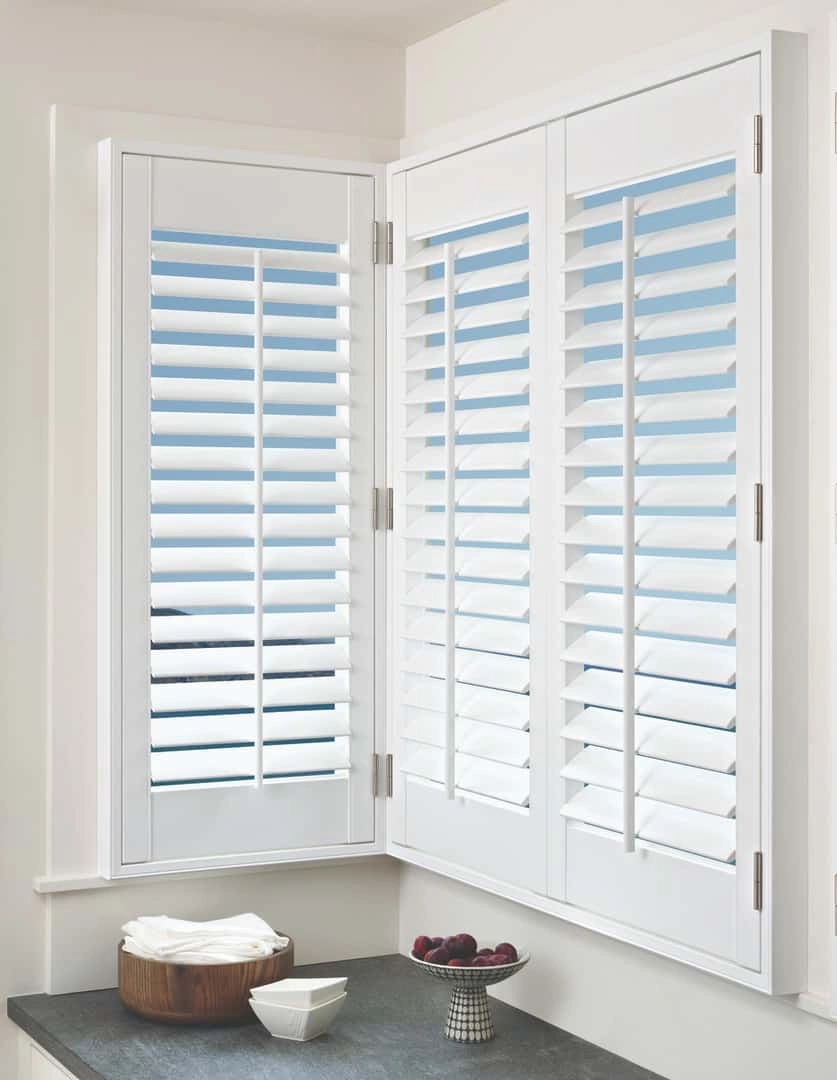The Beauty of Monochromatic Design
Monochromatic design involves utilizing a single base color to create the palette for an entire room. And with its eye-catching style and modern elegance, monochromatic design is exploding in popularity. If you want to use this color-centric design style in your home start by understanding the fundamentals of monochromatic design.

Monochromatic design starts with a single color (also called the hue), usually one of the 6 primary or secondary colors (red, blue, yellow, orange, green, or violate) or black, white, or brown. The color scheme is then based off different shades, tones, and tints of that base hue. Because this interior design style is based off color, it’s important too that you understand the vocabulary of color used in design.
- HUE: Hue is the technical term used to describe what in the real world we’d simply call color.
- SATURATION: The purity of a hue resulting in boldness or softness of color is referred to as saturation.
- SHADE: When black is used to darken the base hue, it results in a shade of that base color.
- TONES: When gray is used to desaturate the base hue, it results in a tone of that base color.
- TINTS: When white is used to lighten the base hue, it results in a tint of that base color.
Once you understand the terminology, you can begin to understand how to use shades, tones, and tints to create a monochromatic design for your favorite hue. And monochromatic design has a lot of great benefits for interior design. It’s easy to use because only 1 hue is involved, it works with a variety of interior design styles, and it’s a great way to highlight other design details in a room since monochromatic design as a whole is about unifying design not focusing attention on itself. So, if you’re ready to harness this unique and enchanting design aesthetic, read on for our 3 tips for using monochromatic design in your home.
1) Start with the Floor
Your floor is quite literally the base of your room design. So, when creating a monochromatic palette start with flooring whether that is carpet, hardwood, tile, or rugs to establish the room’s core hue and build up from there.
2) Tonal Variation Is Key
To keep monochromatic design from falling flat be sure to include tonal variations in the entire design of the room. Though the color scheme for monochromatic design is simple, it’s use shouldn’t be as variety will add dimension and detail to the overall aesthetic
For a modern monochromatic window treatment with tonal variety try layering window coverings to add tonal alternatives in the form of different construction materials. For example, Hunter Douglas NewStyle® Hybrid Shutters paired with floor to ceiling Hunter Douglas Design Studio™ Side Panels & Drapery in different shades, tints, or tones of your base hue.
3) Use Pattern and Texture
It’s important to add elements of pattern and texture to monochromatic design to add depth and interest. In fact, since monochromatic design is so simple it’s ideal for playing with bold textures and more elaborate patterns to contrast the subtlety of a single-color palette.
Because of their straightforward design aesthetic, modern roller shades pair well with the simplicity of monochromatic design. For example, white roller shades that have a white geometric pattern from the Hunter Douglas Design Studio™ Roller Shades collection. For shades that add great natural textures, Hunter Douglas Woven shades offer texture and pattern through the use of different weaves and colors.
Contact the design experts at Abbey Carpet of Maui to help you create a stunning floor to ceiling monochromatic design in your home. Located near Kahului, Hawaii, Abbey Carpet of Maui serves Kihei, Wailea, Lahaina, Pukalani, Wailuku, and Kahului, HI. Request your consultation today!
